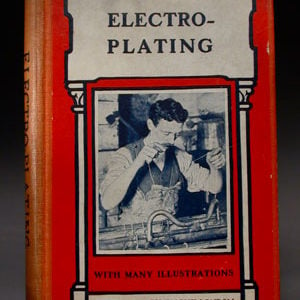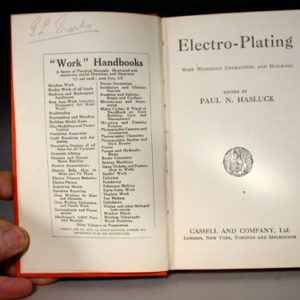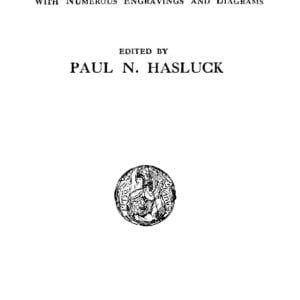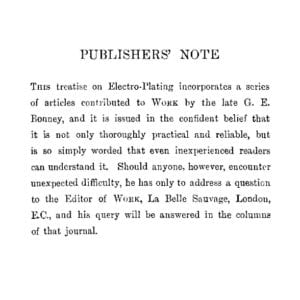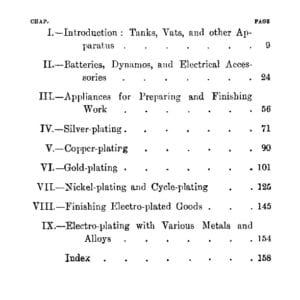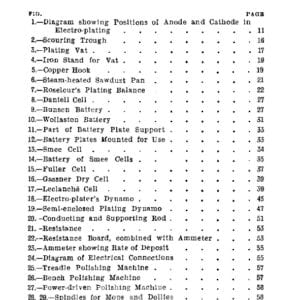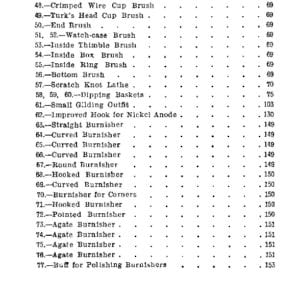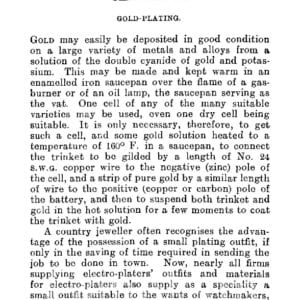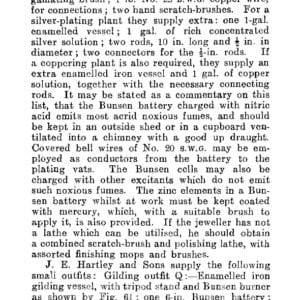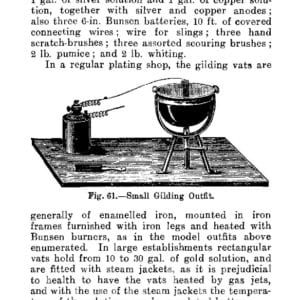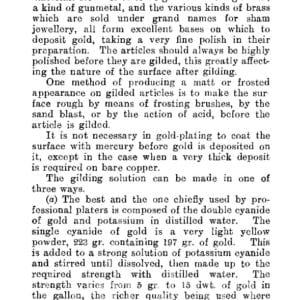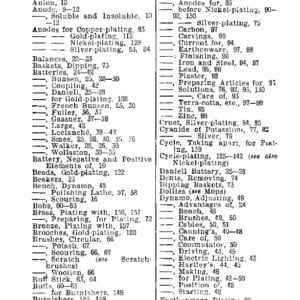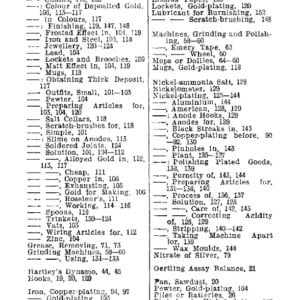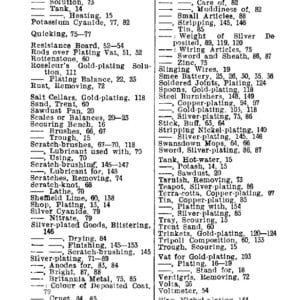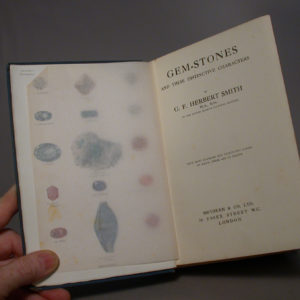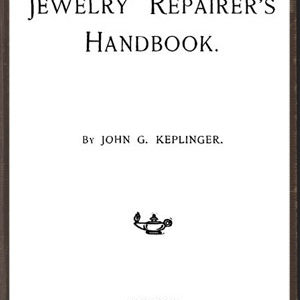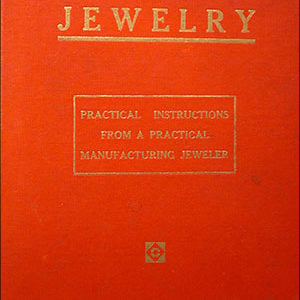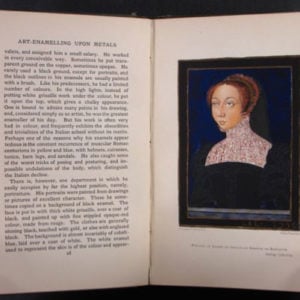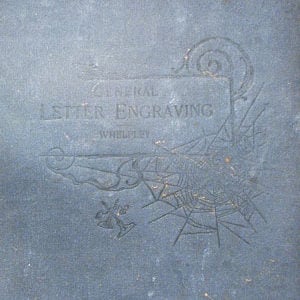Electro-Plating (with numerous engravings and diagrams), Paul Hasluck, Editor, 1905
This rare book first published in 1905 gives a good explanation and introduction to electroplating, with extensive chapters on polishing and finishing work for plating. There are numerous recipes throughout the text and the writer’s ‘Voice’ is clear and readable.
While the descriptions are aimed at an electroplating shop of the late 19th century the information can be scaled down for the small shop. All the tools and equipment for each procedure is described in detail. Along with large tanks the author explains making a small tank using glass plates in a wooden box cemented with gutta percha and pitch. An oddity is an engraving and description of a plating balance that lets you measure the weight of metal applied to plated articles.
There is a truly extensive chapter on various kinds of batteries and how they are made giving a unique insight into early electricity – useful to the McGyvers out there. This is the most information I’ve ever seen about batteries. Then there is a similarly exhaustive discussion about Dynamos (DC current generators).
The chapter on grinding and polishing is very interesting and wide-ranging. Many of the machines pictured are foot treadle operated (the thighs of polishers must have been huge). Lists of what abrasives work with different metals are followed by instructions on making your own Tripoli and Rouge polishing compounds poured into bars. The description of making the wooden polishing wheels will make any contemporary polisher happy for modern methods. First the wooden wheels were turned on a lathe, then edges were wrapped in leather and rolled in hot fish or hide glue, then in abrasive powders, letting them set for twelve hours, then used and repeat the process to refresh them. Thorough information on buff and brush types and purposes follows. There is an insistence on using stale beer as a lubricant for scratch brushing.
There are chapters on silver, gold, copper and nickel plating. Removing verdigris, rust and all manner of surface coatings is covered. Full (and truly dangerous) recipes are given for all the plating solutions. There are specific notes for all kinds of objects, such as bicycle parts, even preparing a sword for plating. It is clear that plating was an art rather than a science, with many reactions having visual clues to their progress. The text is completely filled with the ‘voice of experience’, and observations that hold true today in any plating practice. The details for each type of plating are exhaustive, and written in a narrative style that is easy to read. There are forgotten techniques as well, like using copper anodes when gold plating in order to plate rose gold. Brush plating, and dealing with problems like plating inside objects and on all sorts of metals are addressed. A section on finishing the plated works deals with all kinds of buffing and many steel and agate burnishers, some shapes I’ve never seen before.
Finally there is a chapter on other plating solutions deals with tin, iron, platinum, lead, brass.
This book contains many recipes and chemicals that are hazardous and if worked with today require a chemical laboratory and trained chemists to use.
155 engraved illustrations
First Edition February 1905, this edition: January 1916.
File Size: 10.7MB, 166 pages.
